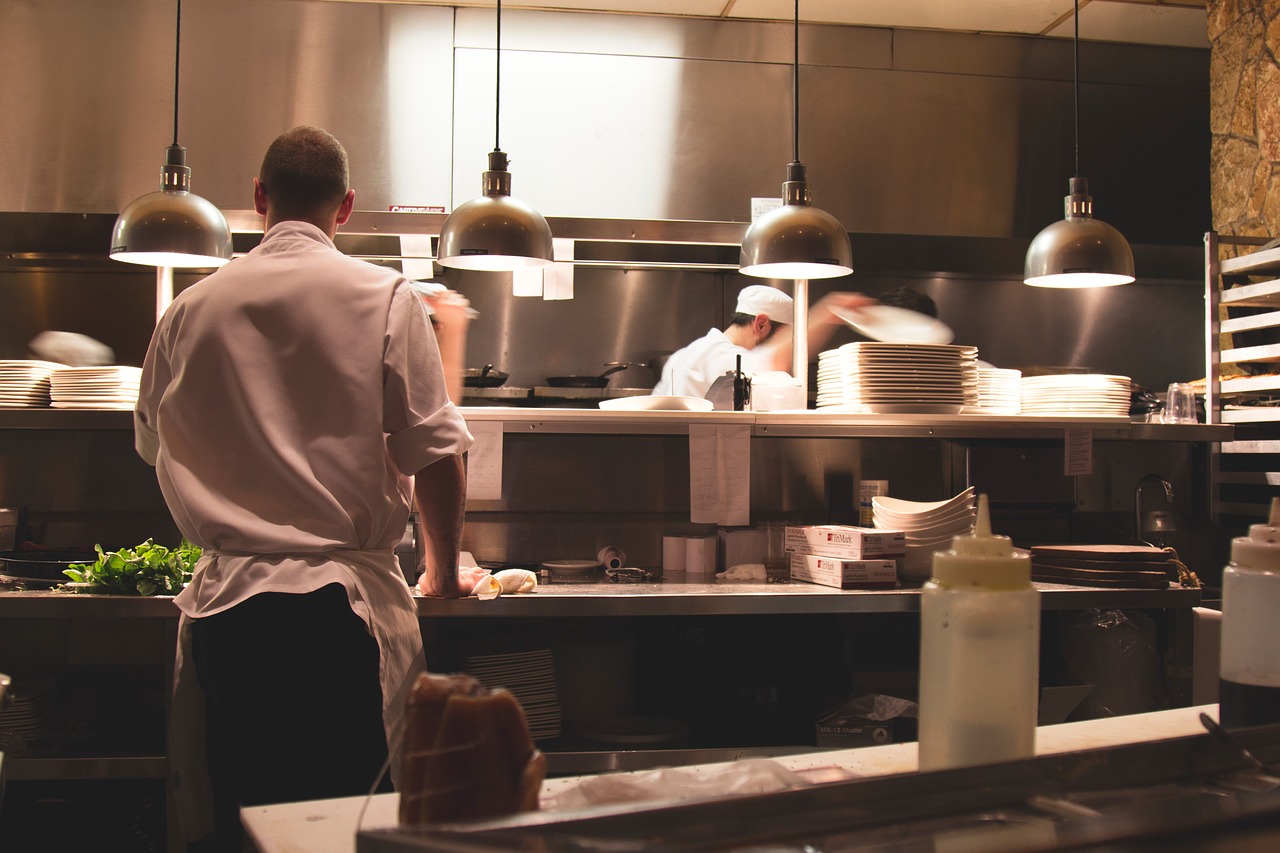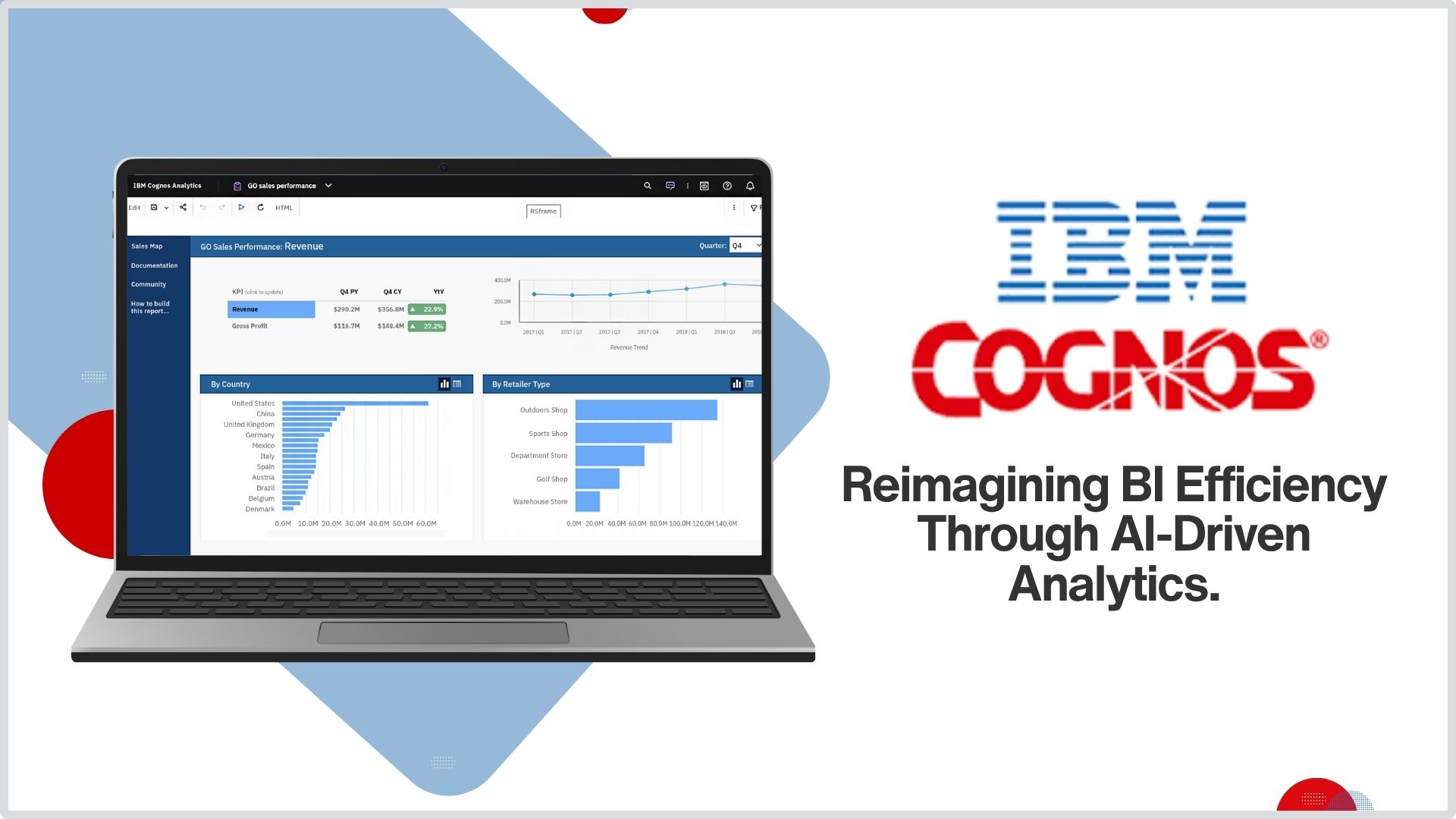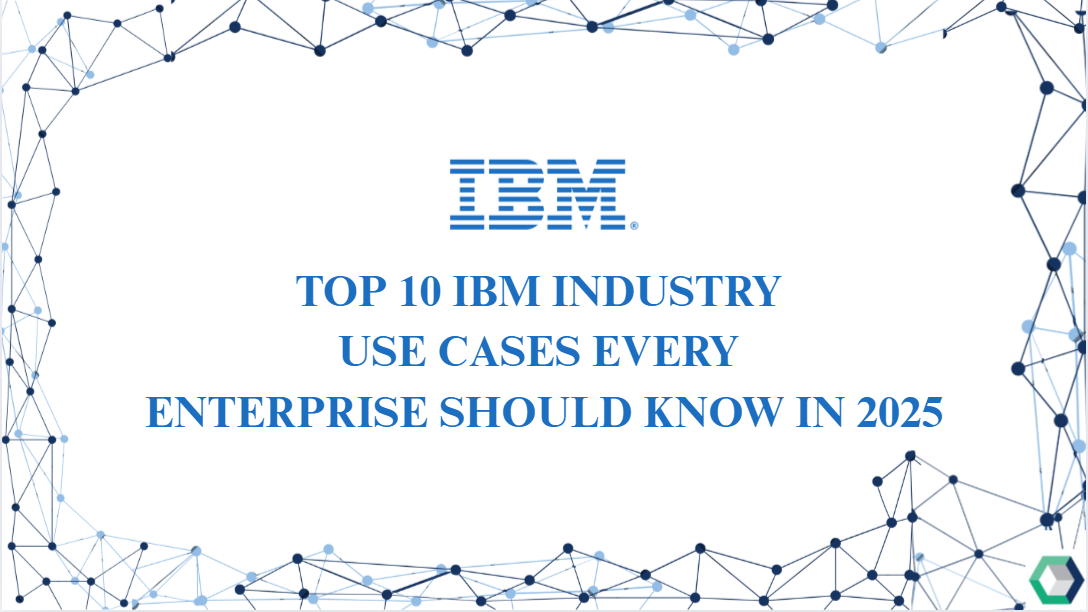Introduction
In recent years have been challenging for quick service restaurants. Tough competition and cost pressures around labor, food, and advertising has forced restaurants to implement major price increases. In fact, menu prices have increased the most in the last decade. In the U.S. alone, “menu prices increased over 3 percent” according to the National Restaurant Association.
Consumer spending in restaurants trended steadily higher during the first half of 2021, driven by rising vaccination numbers, the easing of capacity restrictions and healthy household balance sheets. That positive trajectory stalled during the second half of 2021, with real sales dropping back below pre-pandemic levels by the end of the year.
Eating and drinking places* registered total sales of $72.5 billion on a seasonally adjusted basis in December, according to preliminary data from the U.S. Census Bureau. That was down 0.8% from November’s sales volume of $73.1 billion and represented the lowest monthly reading since August.
The inflation-adjusted data revealed an even greater deterioration in business conditions in recent months. After adjusting for menu-price inflation, eating, and drinking place sales in December were sharply lower than the levels reached during the third quarter of 2021.
Additionally, real eating and drinking place sales in December dropped below the pre-pandemic highs of 2019 and early-2020.
Business conditions became increasingly difficult for restaurants in recent months due to several factors:
- Dampened staffing levels forced many restaurants to curtail business operations,
- Soaring food costs and supply chain disruptions continued to create challenges for restaurants,
- The omicron variant reduced customer demand for indoor on-premises dining in recent weeks,
- Cooler weather meant fewer outdoor dining opportunities in many parts of the country.
Eating and drinking places are the primary component of the U.S. restaurant and foodservice industry, which prior to the coronavirus outbreak generated approximately 75 percent of total restaurant and foodservice sales.
Traditional Restaurant Industry Challenges
Pricing strategies for restaurants have been affected and continue to change at a rapid pace. Not so long ago (and still today), cost-plus was seen as a perfectly acceptable and widely used strategy. Then market leaders started adding more value-based components to their pricing via consumer research, in which case data became more available and opened to door to menu price optimization models.
Today, the best players in the game are also trying to get more intimate with their guests and offer tailor-made promotions to very granular customer segments. How do they do this and what does a state-of-the-art pricing process look like today? What is “best-in-class” and how can restaurants use this to optimize their profit margins?
Getting pricing right is the first critical step to survival in this competitive climate. Drastically increasing prices may increase profit margins initially, however over time restaurants will face a sharp decline in guests. Eventually business will suffer as they lose guests to the competition.
Additionally, there are several challenges ahead of restaurant industry:
- Restaurant booking at certain levels to maximize their revenue. If overbooked, some customers would not be sat. Under-booking leaves open tables and falls below desirable capacity,
- Location of the restaurant has several aspects to choose such as population income, city type, and trading activity behavior,
- In the United States alone, menu prices increased over 3%. By increasing prices, profit margins will increase however there will be a sharp decline in customer base,
- Profitability and customer experience are challenging elements that focus on capacity planning to determine the right mix of tables,
- Overstaffing, excessive labor costs, and understaffing lead to opportunity cost of service loss.
Better Approach for Value based Optimization
- Menu Price Optimizer: The Menu Price Optimizer solution can increase restaurant profit margins by providing several sets of pre-optimized pricing recommendations using our predictive algorithms and is fully customizable based on our client’s data and their goals.
This solution enables restaurants to experiment with their own scenarios to test all kinds of prices and measure the expected impact immediately. The results speak for themselves by providing a rock-solid foundation for the menu prices.
- Tracking Market Benchmarks: Simply being reactive to a competitors’ prices is never a good strategy but their prices should be considered as a benchmark and another way to refine the recommendations coming from the analytics.
- Promotion Analytics & Optimization: To make sure promotions work effectively, it’s important to review recent promotions on a regular basis The solution provides promotion optimization capability, which also provides a clear assessment of what’s working and what needs to be adjusted or eliminated.
- Robust Strategy: Combining analytics, research, competitive benchmarking, and promo analysis will take companies 90% of the way. The last essential piece of menu price optimization involves big-picture, strategic thinking surrounding:
- Value positioning: we typically apply the Price Value Map to understand if the value that our client delivers allows for a price increase,
- Macro-economic benchmarks, such as the Food Away from Home Index,
- Business rules, such as the price ratio between small-/medium-/large-sized items,
- Pricing best practices, such as leveraging 9s in price endings or “price thresholds”.
Conclusion
Ultimately, a “best-in-class” pricing strategy understands what drives customer-purchasing decisions and uses a solid foundation of pricing research, analytics, and strategy to set fair prices and drive store profits. A robust Menu Price Optimizer strategy can help restaurants test the customer experiences they face every day while our pricing research and performance measurement guide them toward understanding customer behavior better, making successful strategic decisions, and staying well ahead of the competition.











